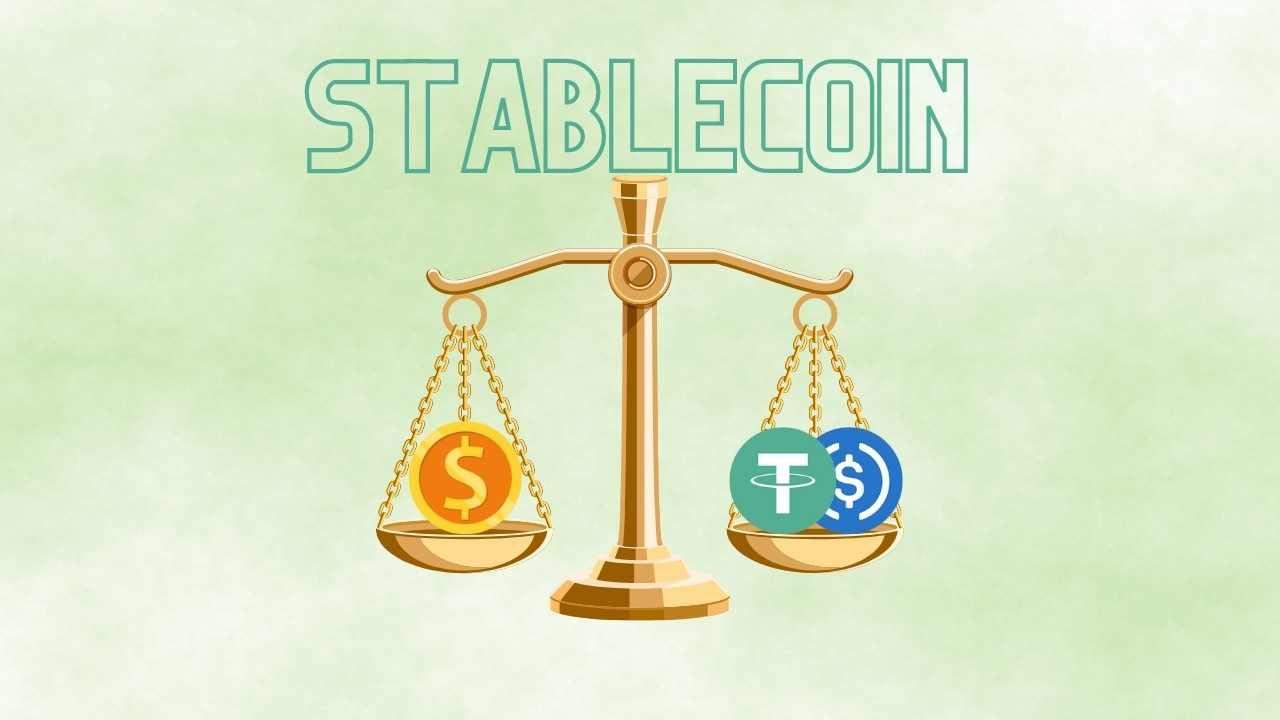The Revolutionary Appeal of Stablecoins in Today’s Financial World
In a financial landscape where the volatility of cryptocurrencies often overshadows their potential, stablecoins have emerged as a beacon of stability and practicality. Bridging the gap between the erratic nature of digital currencies and the reliability of traditional fiat money, stablecoins have carved out a unique space in the world of finance. They combine the best of both worlds: the innovative flexibility of cryptocurrencies and the steadiness of conventional currencies like the US dollar or gold.
Acting as a cornerstone for transactions, investments, and savings, these digital assets are pegged to stable reserves, such as fiat money or precious metals, providing a safe haven from the usual ups and downs of the crypto market. Their role extends beyond mere safety nets, fostering smoother transactions and opening up avenues for more affordable lending and borrowing than what’s typically available in traditional banks.
The Essence of Stablecoins
Understanding Stablecoins
At their core, stablecoins are designed to offer stability in an otherwise volatile market. By anchoring their value to stable assets, these digital currencies present a less risky entry point into the world of cryptocurrencies. They promise the same technological advantages—speedy transactions and reduced fees—without the unpredictability that accompanies traditional digital currencies.
This unique blend of reliability and efficiency makes stablecoins ideal for everyday use, from online purchases to cross-border transactions. Moreover, they serve as crucial instruments in the trading and investment sectors, providing a buffer against market volatility.
The Diverse Types of Stablecoins
Understanding the different flavors of stablecoins is vital. They fall into three main categories: fiat-collateralized, crypto-collateralized, and algorithmic. Each type comes with its own set of mechanisms for maintaining stability. Fiat-collateralized stablecoins, like Tether (USDT) and USD Coin (USDC), are backed one-to-one by currency reserves, offering straightforward stability. Crypto-collateralized counterparts, such as DAI, base their value on a basket of other cryptocurrencies, often requiring over-collateralization to account for the underlying assets’ volatility. Meanwhile, the innovative algorithmic stablecoins use smart contracts to adjust their supply according to market demands, aiming for a stable valuation without direct backing by other assets.
The Advantages of Embracing Stablecoins
Curbing Volatility
One of the strongest suits of stablecoins is their resistance to the wild swings commonly seen in the crypto market. This predictability is invaluable for users seeking reliable mediums for transactions or investments. Particularly in regions plagued by currency instability, stablecoins offer a much-needed alternative for safeguarding personal wealth.
Streamlining Transactions
Beyond stability, the technological backbone of stablecoins affords them a level of transaction efficiency unattainable by traditional banking. Whether it’s the rapid processing times or the minimal fees, stablecoins stand out as a superior option for both domestic and international financial transfers.
Challenges and Considerations
Despite their promising benefits, stablecoins are not without their complexities. Regulation poses a significant challenge, as authorities worldwide grapple with how to oversee these novel assets. The absence of uniform regulatory frameworks introduces uncertainty, potentially hindering stablecoin adoption and innovation.
The Regulatory Landscape
While the likes of the European Union have begun to establish comprehensive guidelines for stablecoin operations, the regulatory environment remains fragmented, particularly in regions like the United States. This disparity underscores the necessity for a more harmonized approach to regulation, which could foster stability and trust in the stablecoin market.
Security Considerations
The digital nature of stablecoins makes them targets for cybersecurity threats. From vulnerabilities in smart contracts to the dangers of phishing attacks, the security of stablecoins requires vigilant oversight and robust protective measures.
Looking Forward: The Evolution of Stablecoins
As we gaze into the financial horizon, the potential of stablecoins is boundless. Innovation within this space continues to push the boundaries, with developments in blockchain technology promising even more secure and efficient platforms for transactions. Furthermore, as stablecoins become increasingly intertwined with decentralized finance, they pave the way for a more inclusive and accessible financial ecosystem.
The Path to Mainstream Adoption
For stablecoins to realize their full potential, regulatory clarity, security enhancements, and continued innovation are paramount. As the global financial system evolves, stablecoins stand at the forefront of a revolution—bridging the divide between traditional fiat currencies and the digital future of money. With their unique advantages and growing acceptance, stablecoins are not just a temporary fixture but a permanent and influential force in reshaping finance.
